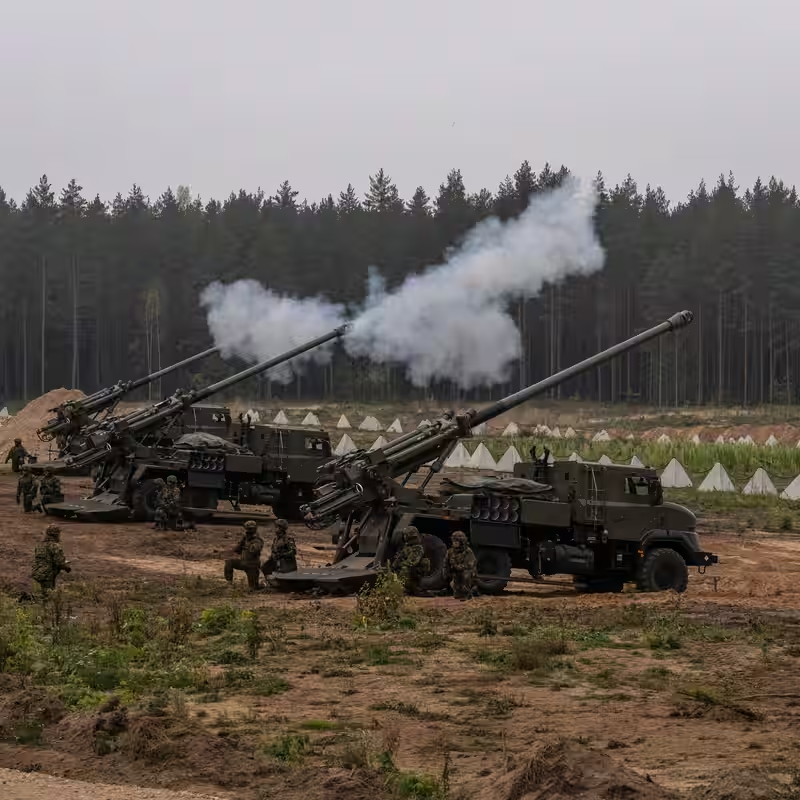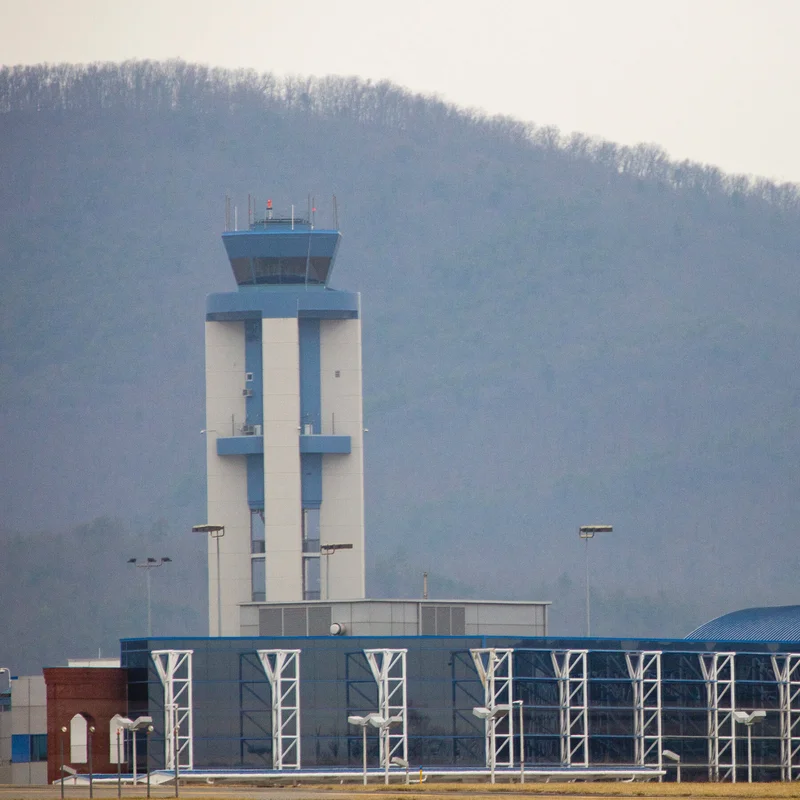Table of Contents
- Defense Industry Surge
- AI and Tech-Driven Weapons
- Economic Revival Through Military Spending
- Tartu: The New Defense Hub
- Deterrence Over Invasion Fears
- Sources
Estonia’s Defense Industry Surge
In the shadow of an aggressive neighbor, Estonia is turning fear into fortune. The Baltic nation—home to just 1.3 million people—is experiencing a defense industry boom unlike any in its post-Soviet history. With Russia’s war in Ukraine still raging and repeated airspace violations rattling nerves, Estonia isn’t waiting to be caught off guard.
Instead, it’s leveraging its tech-savvy workforce to build cutting-edge defense systems that are now in demand across Europe and beyond.
AI and Tech-Driven Weapons
Forget tanks and fighter jets—Estonia’s niche is digital warfare. Companies like Frankenburg Technologies are developing AI-guided miniature missiles like the Mark-1, designed specifically to neutralize low-flying drones. Another standout, CybExer Technologies, provides cybersecurity stress-testing software used by the British, Ukrainian, and Portuguese militaries.
Meanwhile, SensusQ mines open-source intelligence to support battlefield decisions and emergency response. These aren’t just gadgets—they’re strategic assets in modern hybrid warfare.
“To be a small nation and small industry in this domain, you have to be somehow unique,” says Kalev Koidumae, head of Estonia’s defense and aerospace industry association.
Economic Revival Through Military Spending
Estonia’s military industry revenue has more than doubled since 2020—jumping from €200 million to over €500 million in 2024, with exports accounting for roughly 70% of sales. This surge comes as the country’s broader economy struggles to recover from pandemic aftershocks and the fallout of cutting ties with Russian energy.
The government is betting big: by 2026, Estonia plans to spend 5% of GDP on defense—well ahead of NATO’s 2% guideline. That translates to over €2.4 billion, funded through loans and reallocated public spending.
Key initiatives include:
- €50 million to build defense manufacturing zones in eastern Estonia
- €100 million in grants for defense startups
- Partnerships with foreign firms like the UK’s Thor Industries Ltd
Tartu: The New Defense Hub
While Tallinn grabs headlines, Estonia’s second city, Tartu, is quietly becoming a defense innovation hotspot. Home to the prestigious University of Tartu—alma mater of Skype and Bolt founders—the city blends academia and entrepreneurship like few others in Europe.
Local robotics firm Milrem produces remote-controlled ground vehicles now deployed in Ukraine and used by 19 militaries, including eight NATO allies. These machines can carry supplies or mount light cannons, offering flexibility in modern combat zones.
Mayor Urmas Klaas notes that many defense products also have civilian applications, ensuring long-term job stability even if military demand dips.
Deterrence Over Invasion Fears
Despite public anxiety—fueled by history and geography—experts say a full-scale Russian invasion of Estonia remains unlikely. “They are thinking more about deterrence,” explains Donatas Kupciunas, a Baltics scholar at Cambridge University. “If Russia sees what Estonia has, they’ll think twice.”
Recent events support this view. When Russian jets breached Estonian airspace for 12 minutes in September 2025, NATO scrambled fighters within minutes. The incident ended without escalation—but sent a clear message: collective defense works.
Still, Tartu has built underground shelters for 40,000 residents and continues to upgrade civil defenses. GPS jamming near the border—likely Russian in origin—keeps officials vigilant.
Sources
The New York Times: “A Tiny NATO Nation Is Cashing In on the Threat Next Door”
International Monetary Fund – Estonia Economic Outlook (2025)




